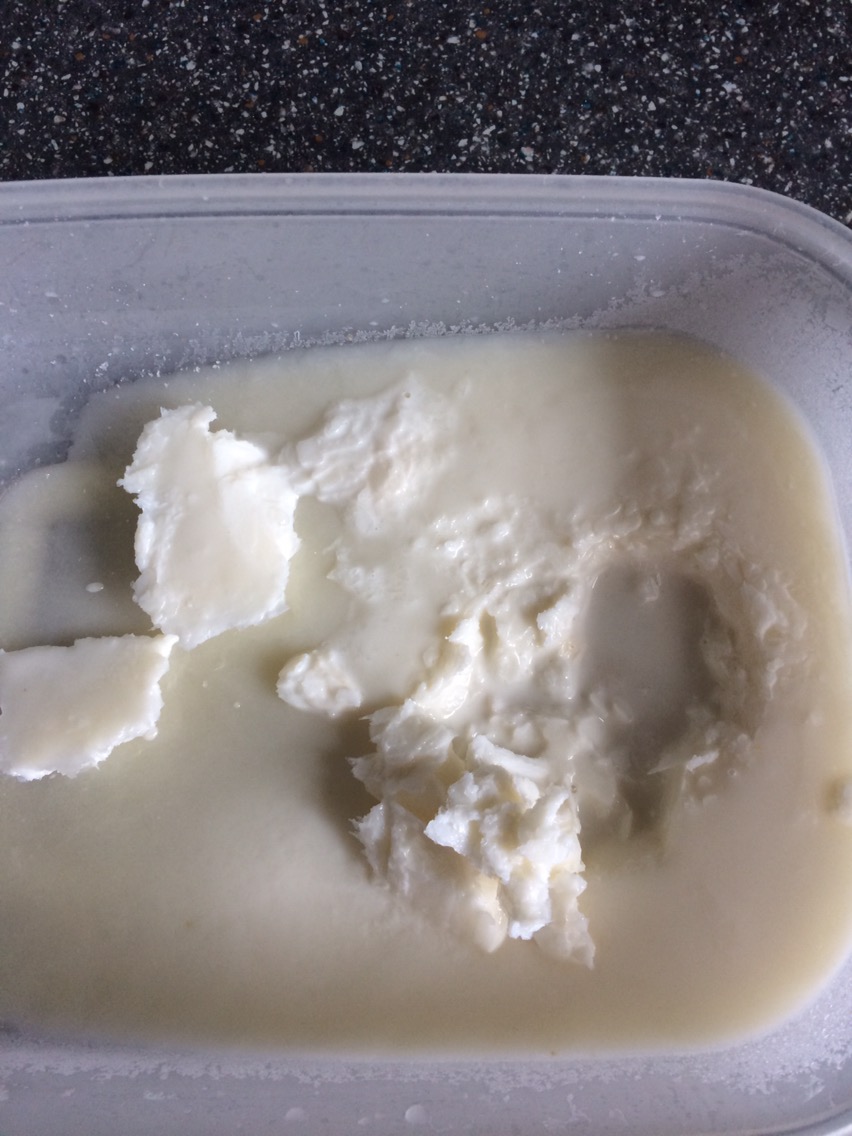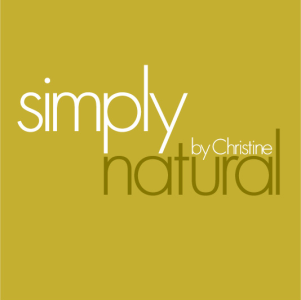Soap making used to be a chore, I made the same two recipes each time and kept them plain, as I didn’t want a negative reaction with my son’s skin (who had eczema before using natural soap). My passion only developed when I started getting creative, experimenting with different colours and recipes. Soap making is now a hobby which I love, rather than a chore.
It doesn’t always go as planned, my first experiment was with beetroot powder which was a beautiful pink colour, saponification turned it black! That’s part of the fun for me, when it turns out as I hoped, I’m delighted.
There are many ways to jazz up soap, these are what I choose not to add to my soap: mica, oxides, fragrance oils, melt and pour bases or any other synthetic product which has been created in a lab.
So let’s start with some of the ingredients I love using: clays, milk, buttermilk, yoghurt, honey, carrots, kale, spinach, sandlewood, activated charcoal, turmeric, paprika, parsley, coffee and cocoa. There are many more for me to try, so I don’t think I’ll ever get bored. I have highlighted the ingredients the first time I mention them, simply for easy referencing.
Now you’re probably thinking about what preservative I use, with some of these ingredients. The great thing about a bar of soap is that the pH is too low for bacteria or mould to grow, the consistency is also not ideal for growth. This is great for us and means we don’t need to worry about preservatives. Liquid soap on the other hand is a different story.
Here are Australian red reef clay (top), kaolin or white clay (middle) and French green clay (bottom) – it turns greener once you add it. These are a great combo with essential oils because they help the scent to hold. Add your EO to the clay as your first step (about half an hour before using it). Put the clay and EO straight into your jug or bowl which you can add your soap mixture to (rather than a small bowl which you’ll then add to soap). Once you reach trace, add a little water to your clay (it’s absorbant and this will prevent the clay absorbing water in your soap resulting in an uneven texture). Add your soap mix and give it a quick mix, you’ll need to work fast now because the EOs can accelerate trace. You can use this to your advantage though, just plan carefully. When making my Spiced Sunset soap I added my EO to green clay, I then added activated charcoal and used this thick batter to make mountains. The rest of my mixture was thin and pourable. I added turmeric, paprika and lastly added a tiny bit of red reef clay (I didn’t add water though). A tiny bit goes a long way and you can see in my pic that it has bled a little, looks like a volcano on the right. I used activated charcoal as a pencil line over my mountains, it bled slightly as well:
My EO used here was Young Living Thieves, very expensive but I only used 20 drops for 1kg oil and the scent is strong. Cheap EOs just evaporate.
Mostly I add these colours and EOs at trace. Some people infuse the colour in the oil, some add to the lye mixture. I haven’t tried these methods so can’t comment.
Another ingredient I love is milk, and also buttermilk. They add nourishing properties and the lactose (sugar) in milk and buttermilk promotes lather. Buttermilk has more sugar so I use this in my newborn soap which doesn’t have any coconut oil (coconut oil helps to create a lovely lather and adds cleansing properties-which can make it drying). Milk also turns the soap a lovely ivory colour. I use these as my liquid in my lye mixture. The NaOH will heat up and ‘cook’ the milk proteins so you need to freeze the milk first, either in ice cubes or in a bowl, it can just be slushy. Slowly add your NaOH while continuously whisking. It does give off a funny smell and turns orange. The solids might separate, that’s all fine. Once it’s in the mould it’ll heat up so you don’t need to cover it or put it in the oven. Some people even put it in the fridge.
When adding oats and honey, I soak the oats in the milk and then strain them off before freezing the milk. When you add the NaOH it will thicken from the starch, that’s normal, just keep on slowly adding your NaOH. You can blend those soaked oats and add a small amount at trace. It will give a rough texture but won’t be scratchy like dried oats or coffee grinds. Add honey at trace (it heats up as well so don’t cover it when in the mould).
Below shows the oats being strained off and then that oats milk is frozen.


I have also added yoghurt, this was added to my oils. It made the soap creamier and was more moisturising.
Here is some buttermilk on top and milk soap below: 
 Below is some honey milk and oat soap. The honey turned it a darker brown and gives a delicious sweet malty scent.
Below is some honey milk and oat soap. The honey turned it a darker brown and gives a delicious sweet malty scent.

Vegetables can be used as well, puréed carrots can give a lovely orange colour. I puréed them and then left them over a sieve in the fridge, for a few hours. This helped to reduce the water content. Gradually add your cold puréed carrots at trace. Adding too much will result in a softer soap.


Below are some animals where I used a bit too much carrot, they never quite hardened enough. At the bottom is some lemon meringue pie, a little carrot was used for the middle layer.
Behind the pie is a cheesecake. The ‘base’ is coloured with cocoa, coffee can also be used here, add at trace. On top is some grated lemon zest.
Chlorophyll from kale and spinach creates a lovely green colour. This link shows how you can do it at home. Use it soon after making it, while it’s still wet. If it dries out it’ll give a speckled green look. 

There are so many ways to make your soap exciting, but I really don’t want to bore you so I’ll stop there, please let me know if you have found any of this useful and if you would like me to write a ‘Part 2’. Otherwise if you would like me to expand on one of the mentioned topics, I’ll be happy to do so. My Facebook page has more information about my soaps.
Suggestions and questions welcome, thanks for reading.
Christine x




Good article , you covered using natural ingredients for
colouring soap very well, I learned a lot thank you.
LikeLike